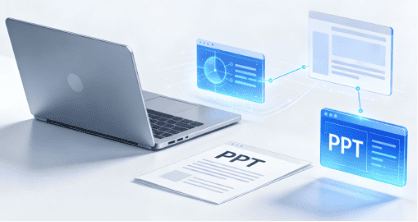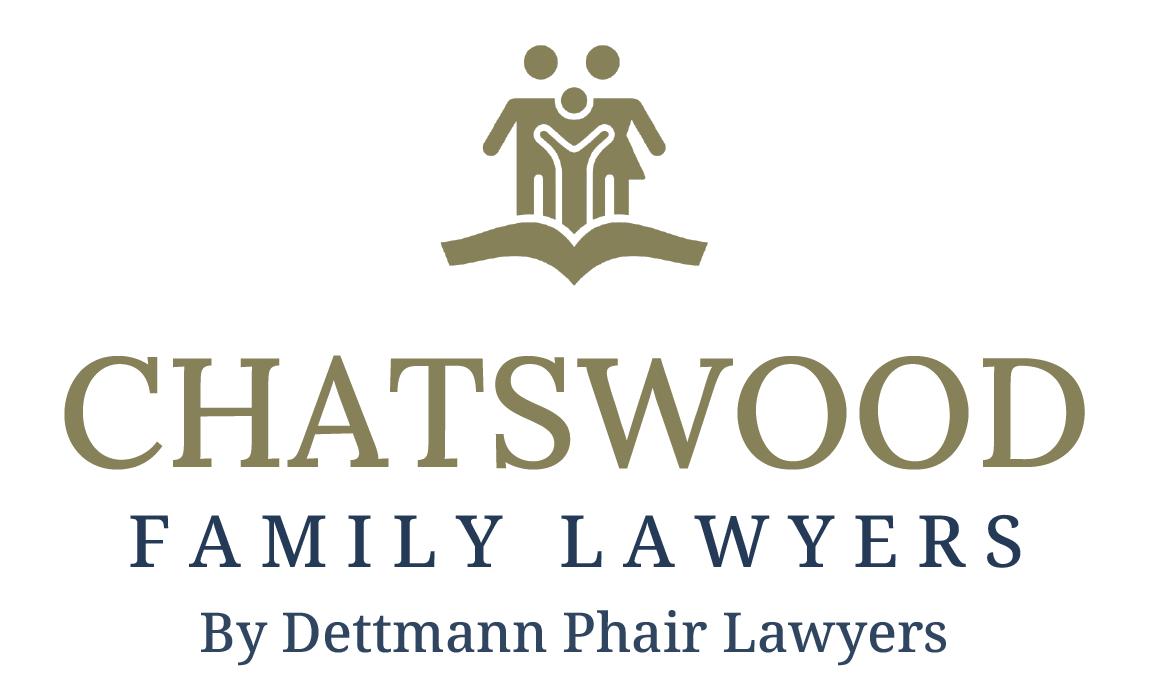In our digital age, files in Portable Document Format (PDF) have become essential in various sectors. They offer a format for sharing documents while maintaining their consistency across different devices. However, when it comes to user-friendliness and convenience, editable PDFs have benefits over non-editable ones. In this article, we will delve into nine advantages of using editable PDFs.
1. Versatility in Content Editing
Editable PDFs empower users to make changes within the document itself, unlike read-only PDFs that necessitate external software or conversion for editing purposes. With editable PDFs, users can effortlessly edit text fields, insert or delete images and graphics, and reorganize elements as needed. This flexibility saves time and simplifies the document editing process, which is why converting read-only to editable PDF is a common practice.
2. Improved Collaboration
Collaboration is crucial in industries today. By utilizing PDFs, multiple users can work on the document simultaneously, making real-time edits and offering feedback without the hassle of constantly exchanging file versions back and forth. This feature enhances productivity, promotes team synergy, and results in workflow operations.
3. Interactive Forms & Surveys
The use of PDF technology enables the creation of forms within documents, providing a significant advantage over non-editable formats such as scanned images or read-only files. Users can easily fill out these forms by interacting with designated fields, checkboxes, or dropdown menus. Moreover, incorporating surveys into editable PDFs simplifies data collection processes and eliminates the reliance on survey tools.
4. Accessibility for Individuals with Disabilities
In recent years, ethical considerations have emphasized the importance of ensuring digital content accessibility for people with disabilities. Editable PDFs support technologies like screen readers. Utilize features such as ALT tags to describe visual elements effectively. These enhancements enhance the accessibility of PDF files and improve user experiences for everyone.
5. Efficient Data Extraction
Efficiently extracting and organizing information becomes essential when managing datasets. With PDFs, users can convert non-editable files into editable formats, allowing them to easily copy, edit, or extract data using third-party tools. This flexibility reduces data entry time from read-only documents and streamlines workflows involving extensive data analysis.
6. Document Security
Non-editable PDFs are commonly used to ensure the security of documents. However, it’s important to understand that editable PDFs can also be safeguarded effectively through encryption, password protection, or digital signatures. By granting editing permissions, administrators can maintain confidentiality while allowing trusted individuals to make changes. This strong security measure enhances the protection of documents without compromising user-friendliness.
7. Improved Branding and Visual Consistency
Editable PDFs offer businesses the opportunity to uphold branding across documents like contracts, agreements, proposals, and marketing materials. By utilizing templates that incorporate company logos, colors, fonts, and styles already embedded in the file itself, organizations can consistently portray an image without concerns about formatting inconsistencies or design errors that may occur during manual drafting.
8. Compatibility with Multiple Software Solutions
One notable benefit of editable PDFs compared to non-editable formats is their compatibility with a wide range of software solutions like Adobe Acrobat Pro DC or platforms offering in-browser editing features. Users are provided with a variety of editing tools tailored to their needs and preferences, thereby improving interoperability within existing workflows.
9. Seamless Sharing and Storage
Editable PDFs provide a way to share files across platforms without compromising formatting or making significant alterations to the file structure. By integrating with cloud storage services, like Google Drive or Dropbox, as well as traditional methods, such as email attachments and download links, users can collaborate effortlessly without worrying about inconsistencies in documents or version control issues.
Conclusion
Editable PDFs offer a range of benefits compared to editable formats, including increased flexibility, conversion options, collaboration capabilities, compatibility, and overall usability. The ability to easily edit content, collaborate effectively, create forms, maintain consistency, and enhance data extraction makes them a valuable tool for various industries. By incorporating PDFs into their workflows, businesses can boost productivity and streamline document processes while meeting the evolving digital accessibility standards.






